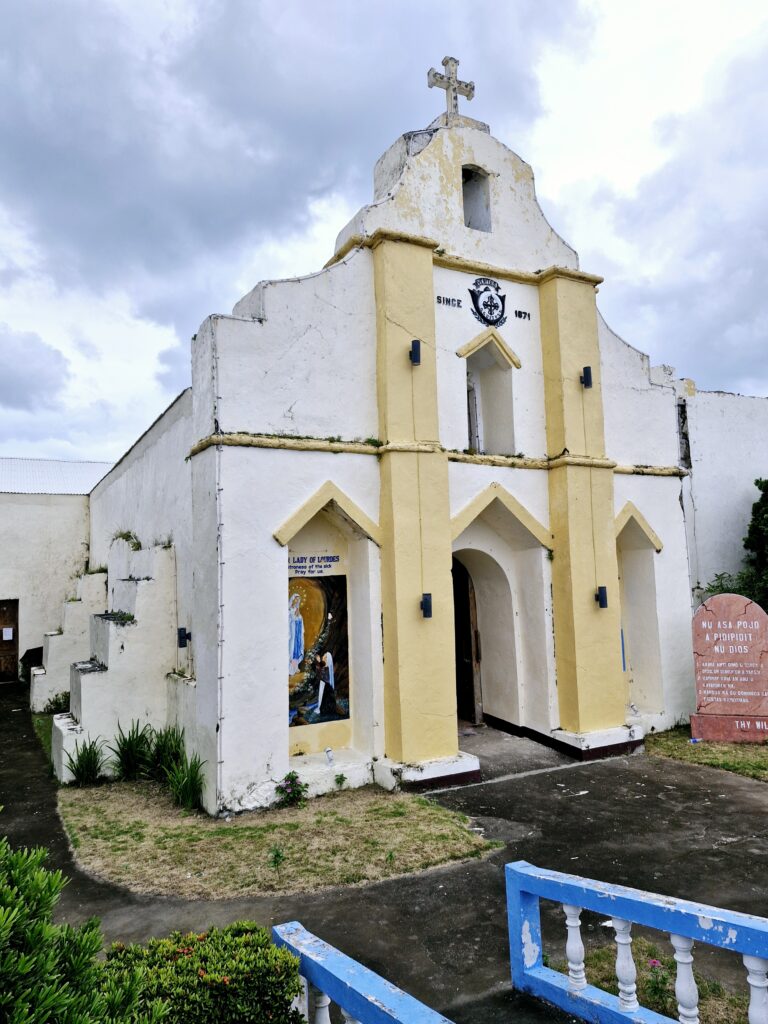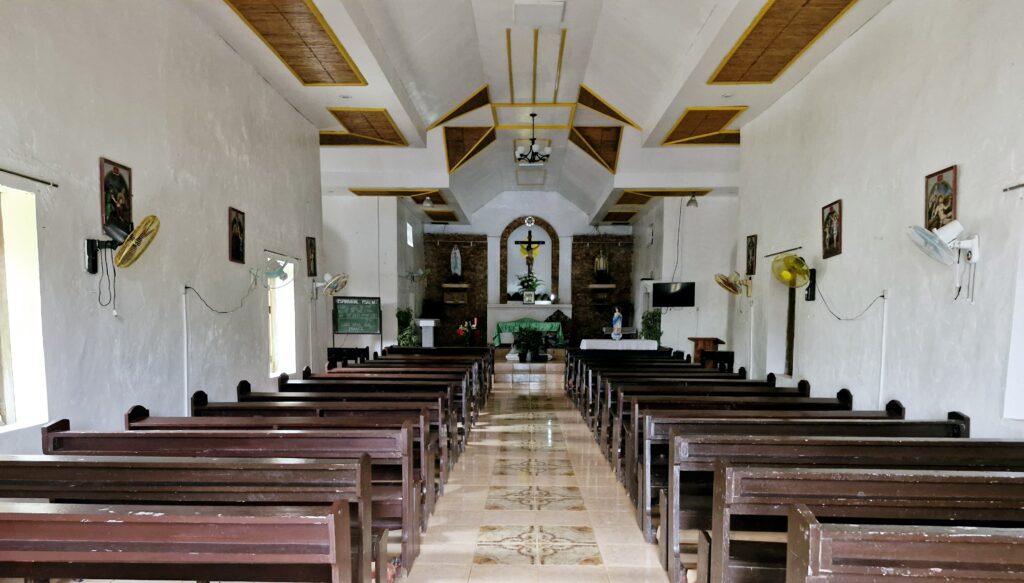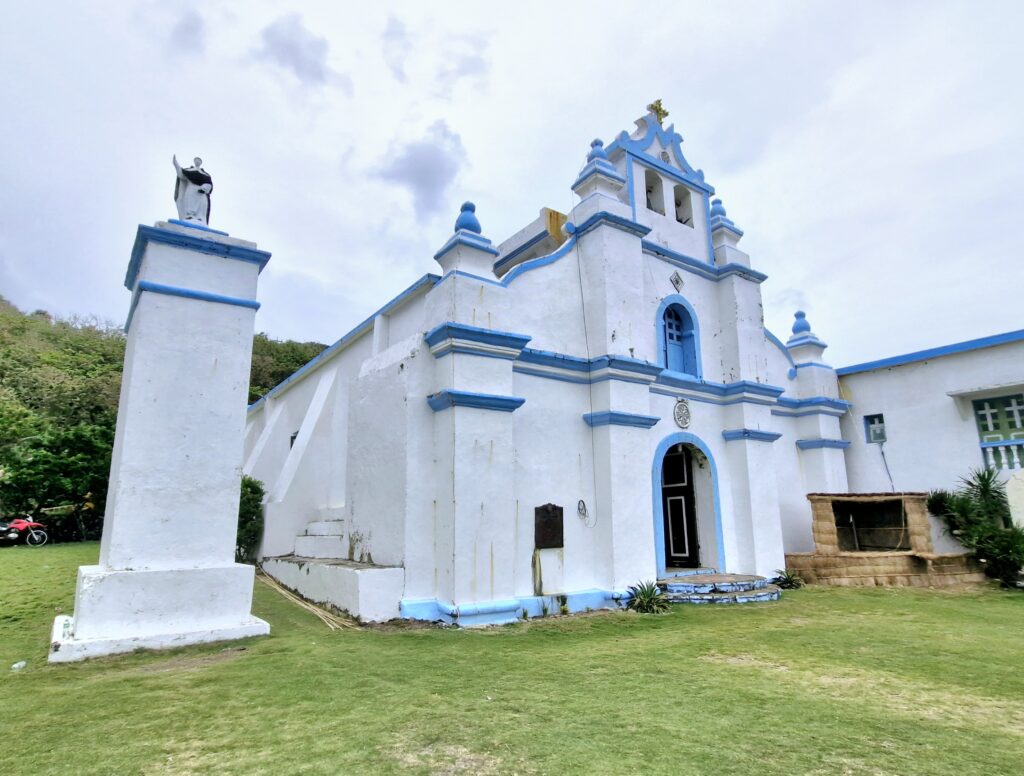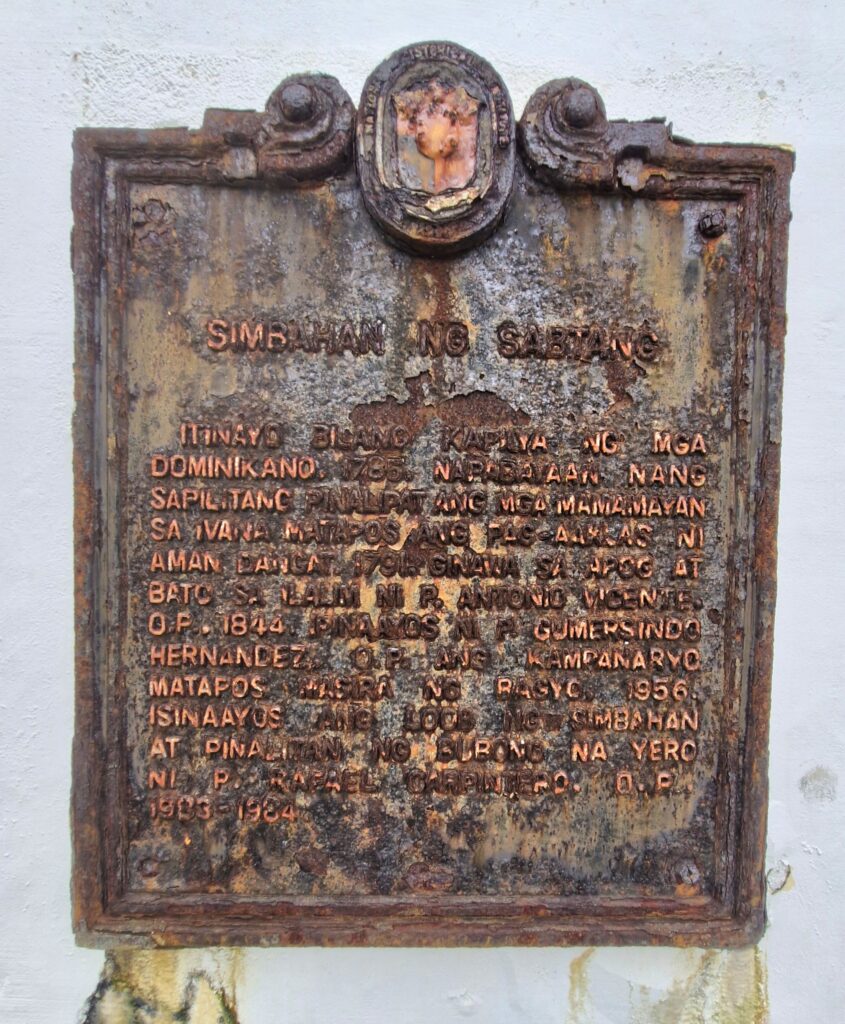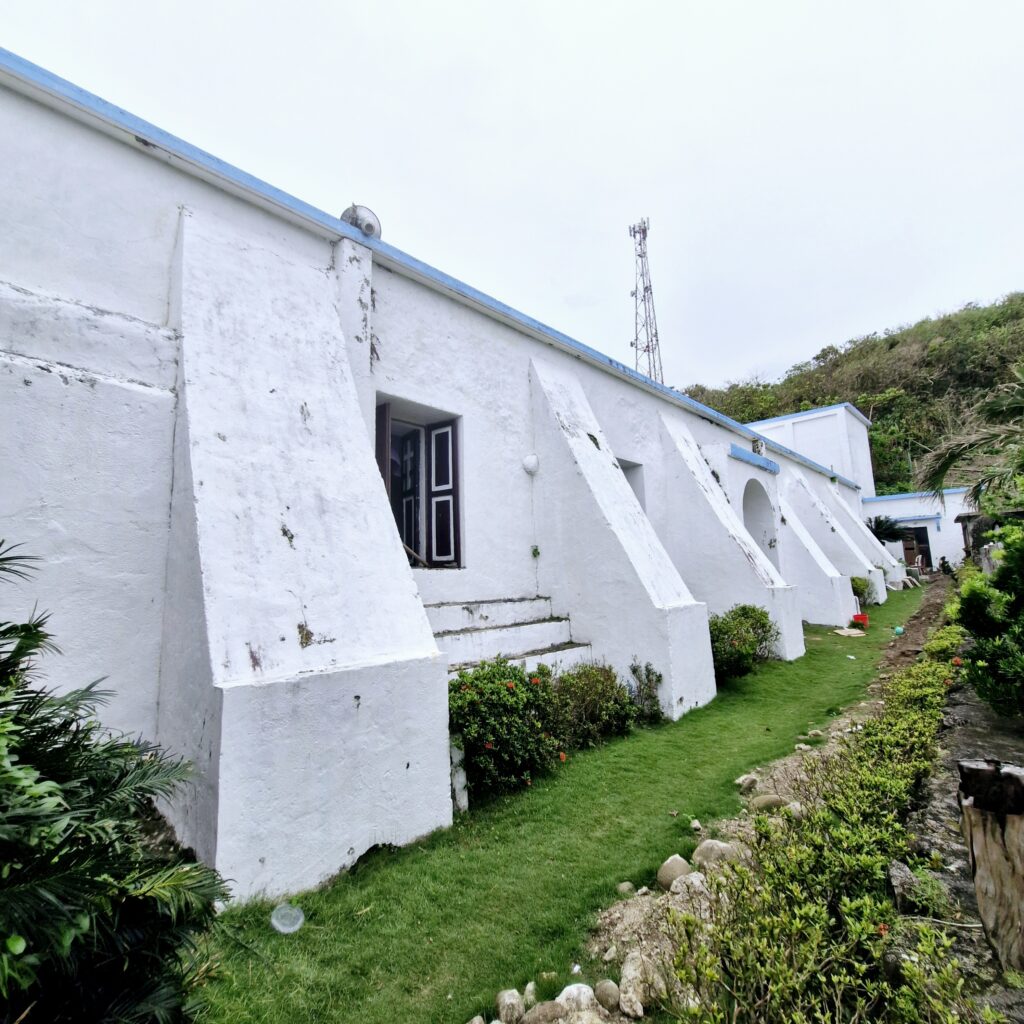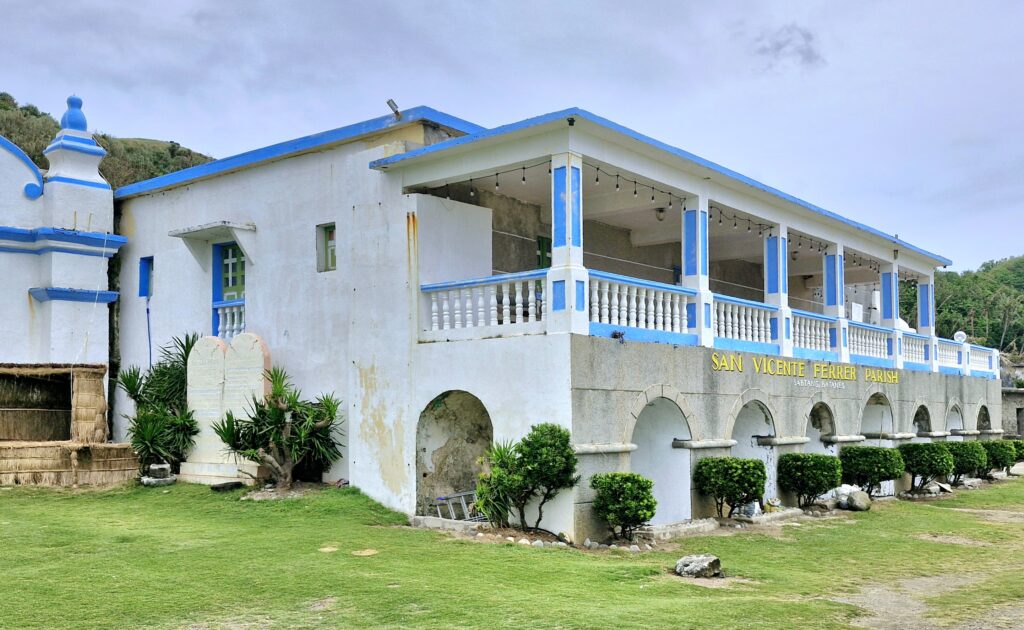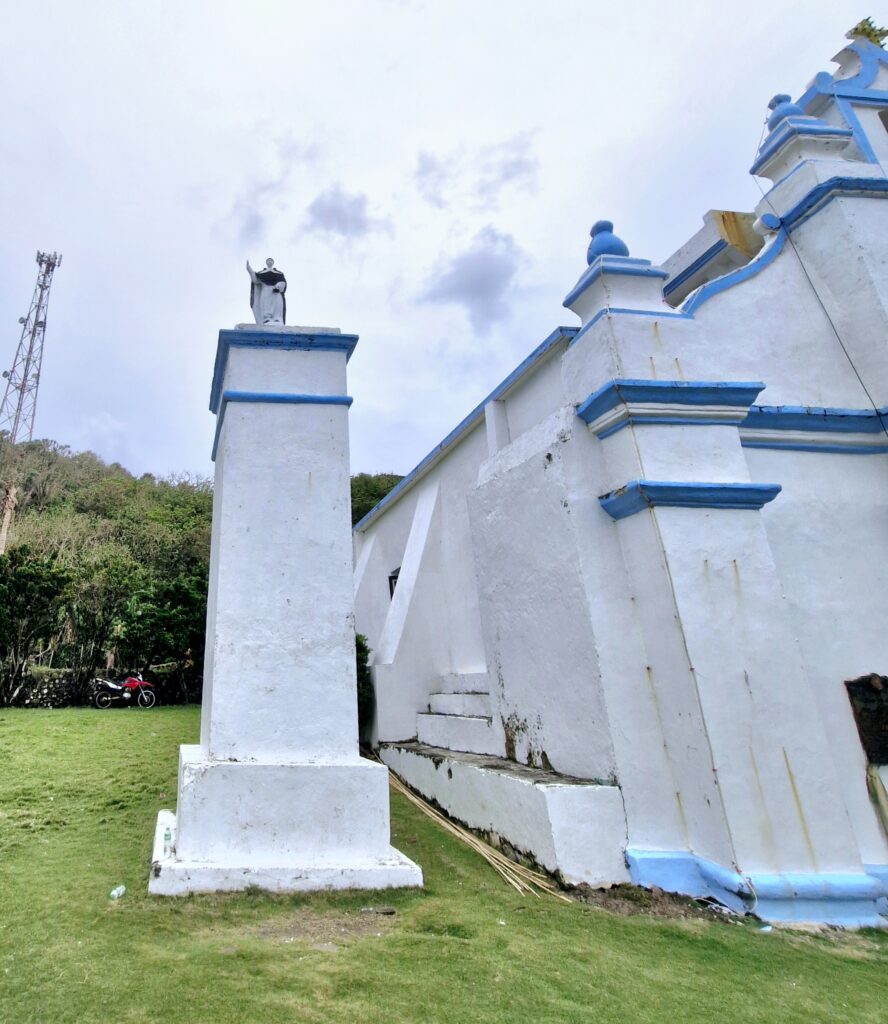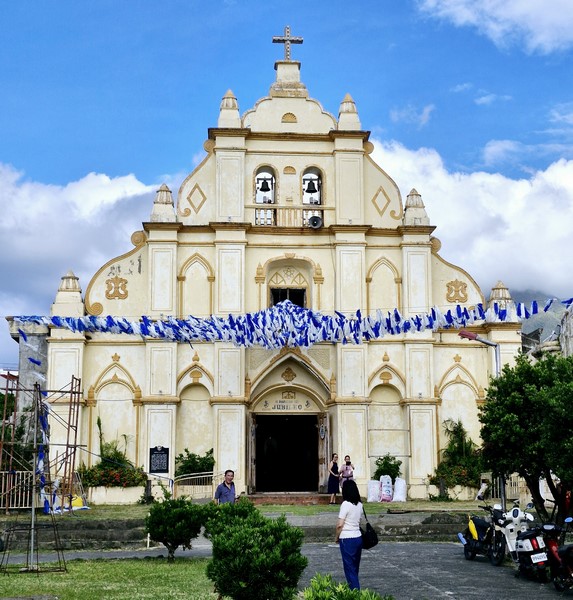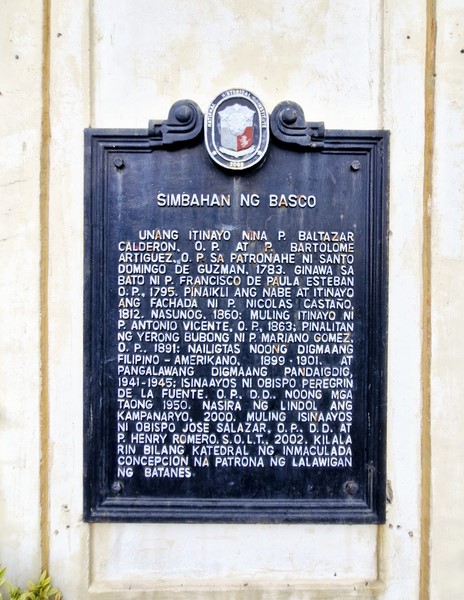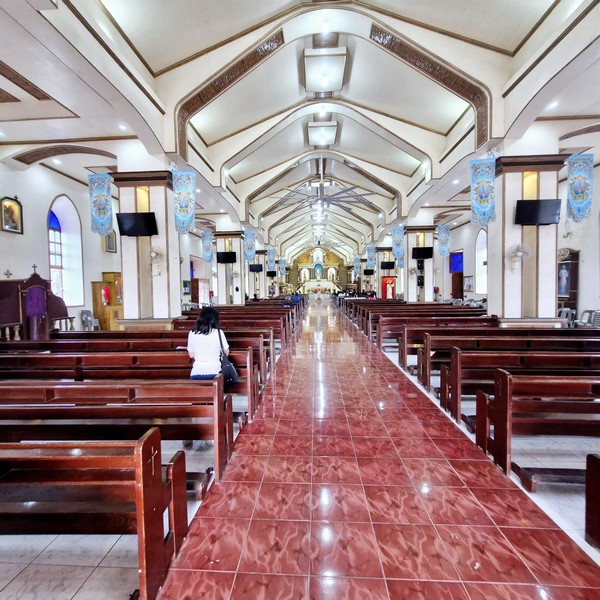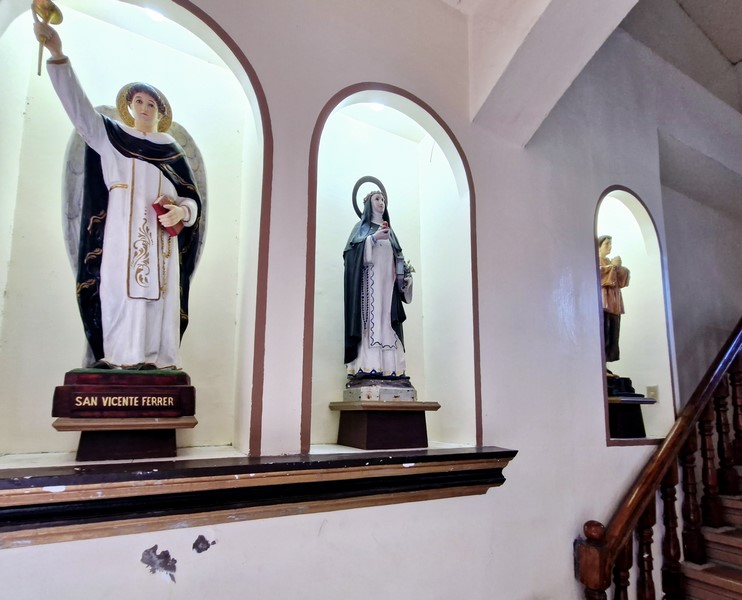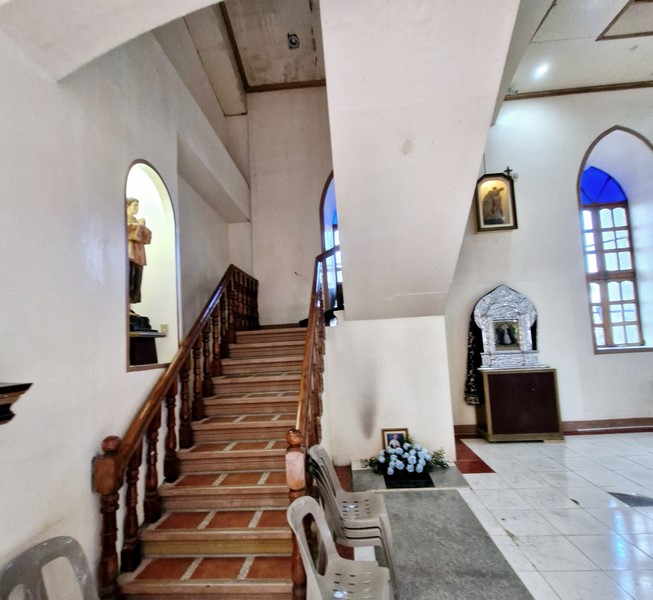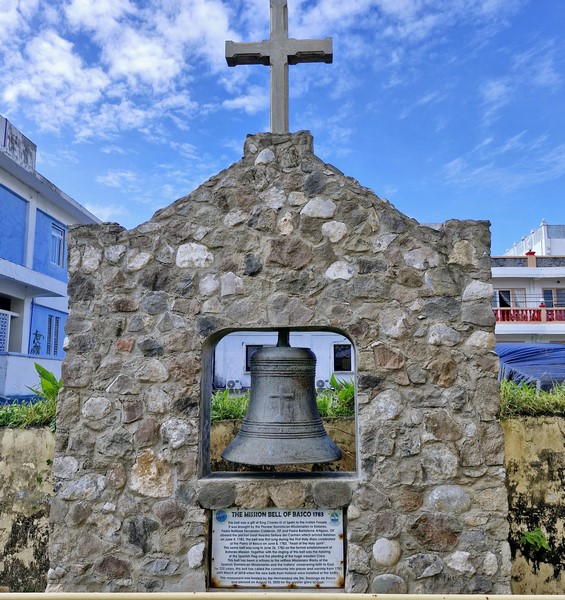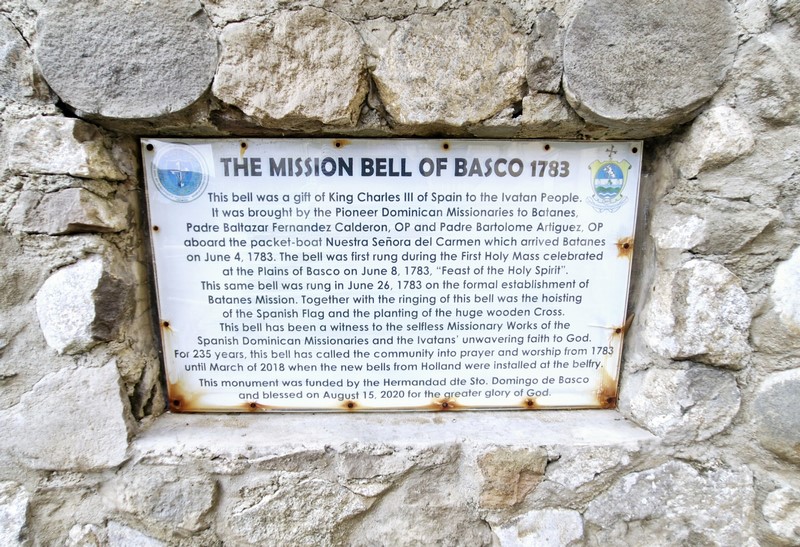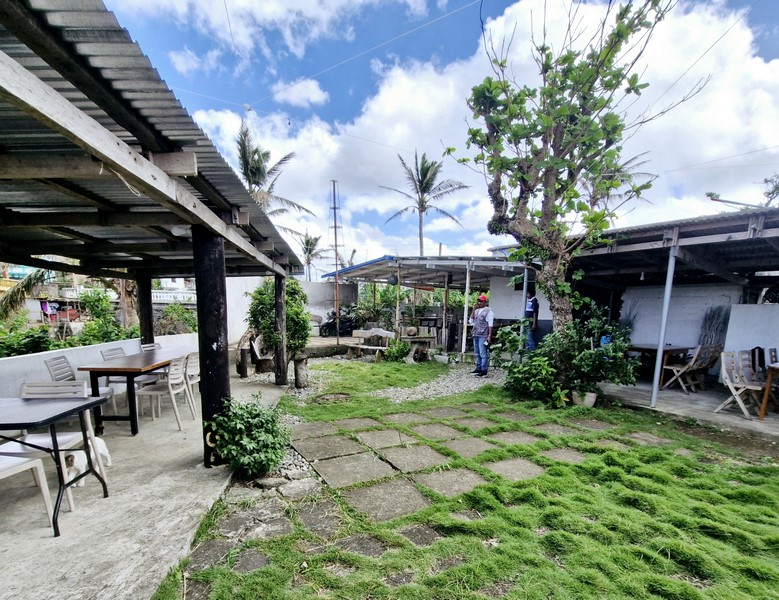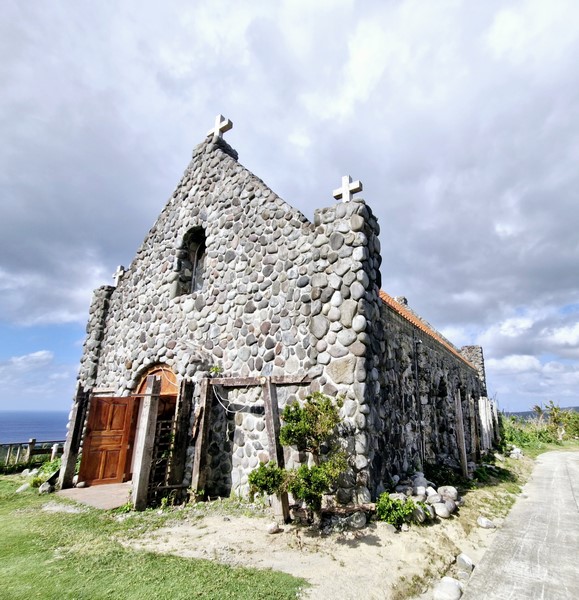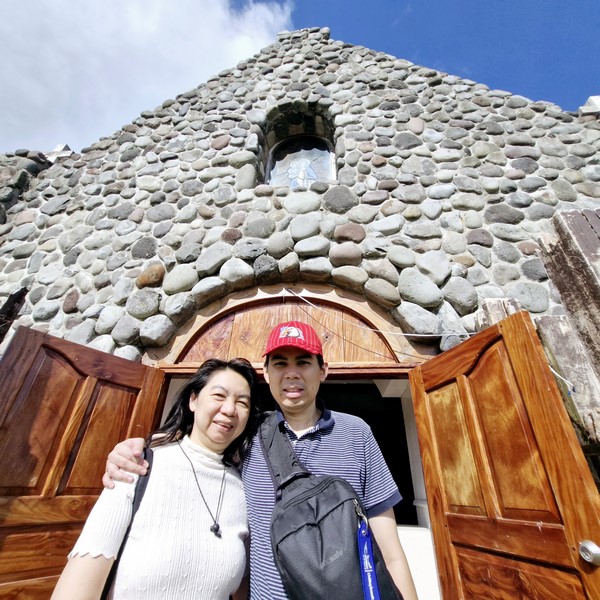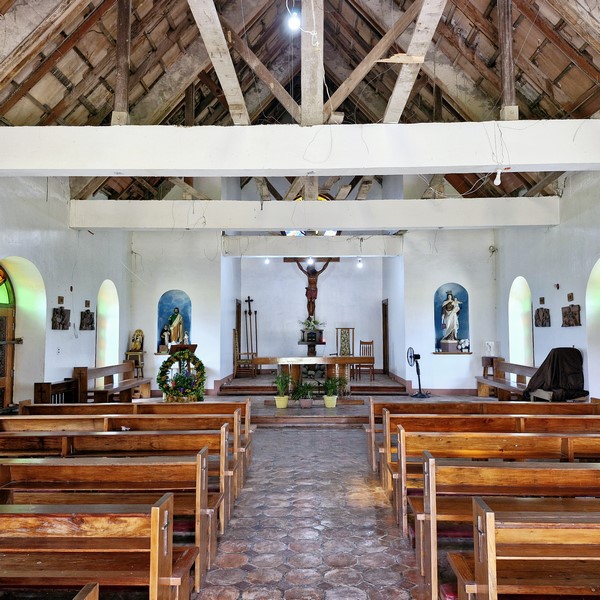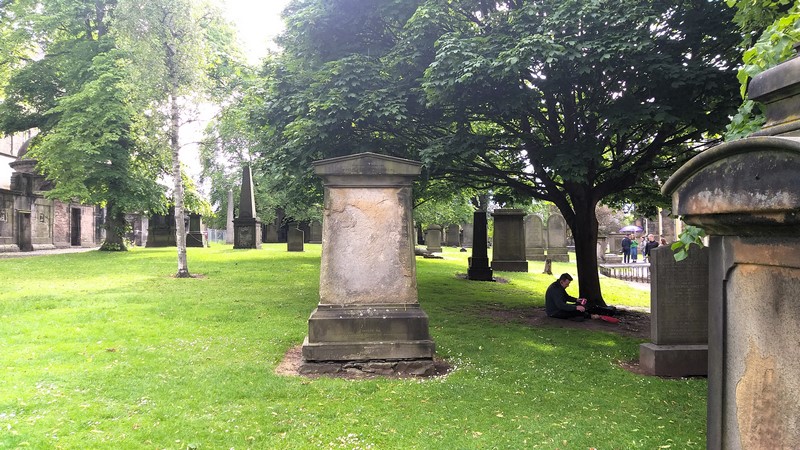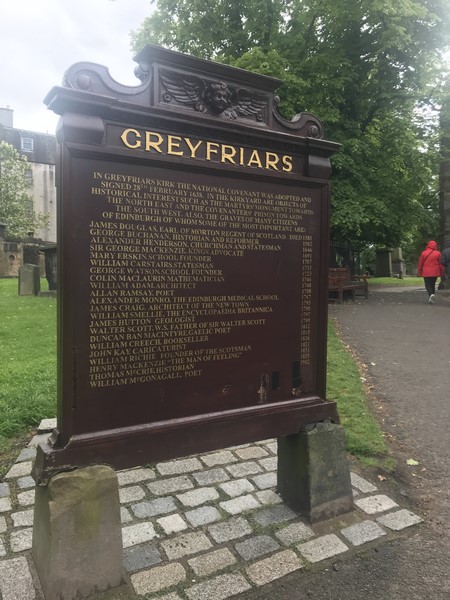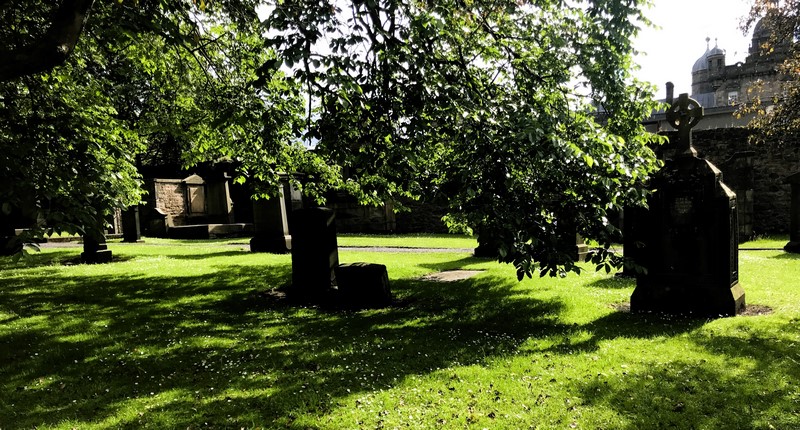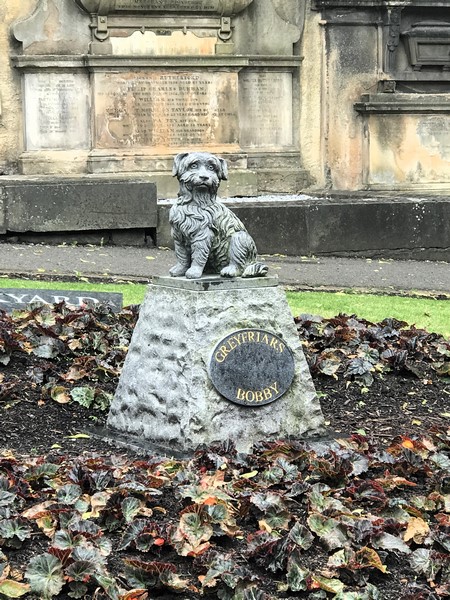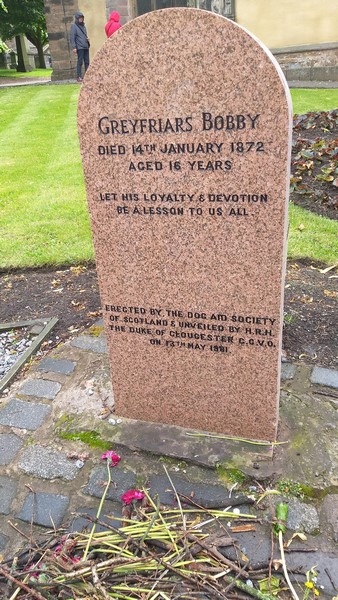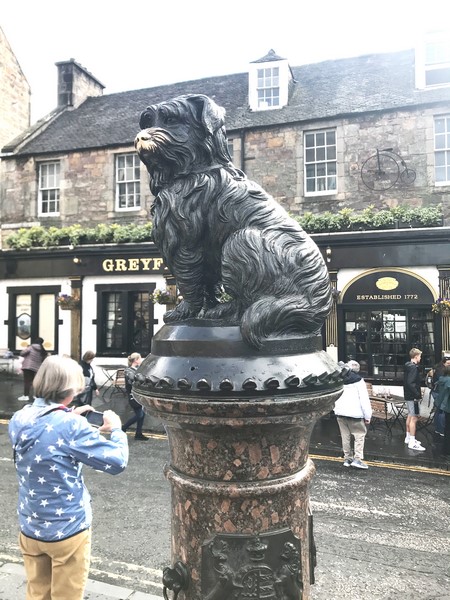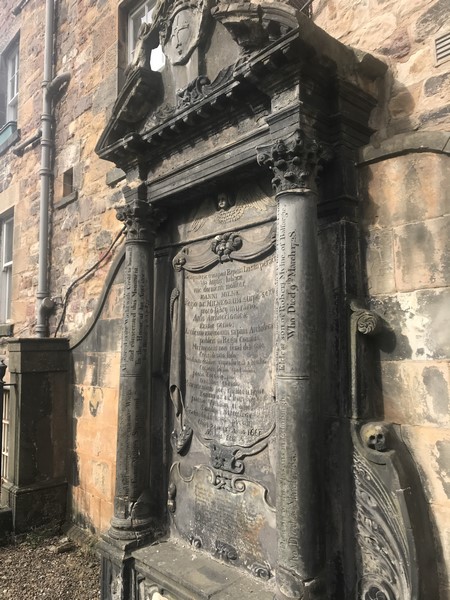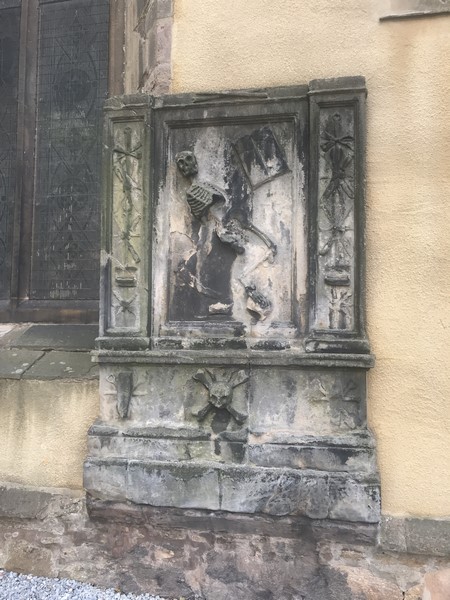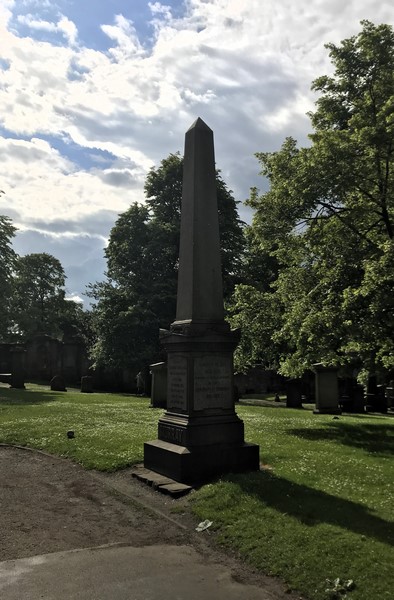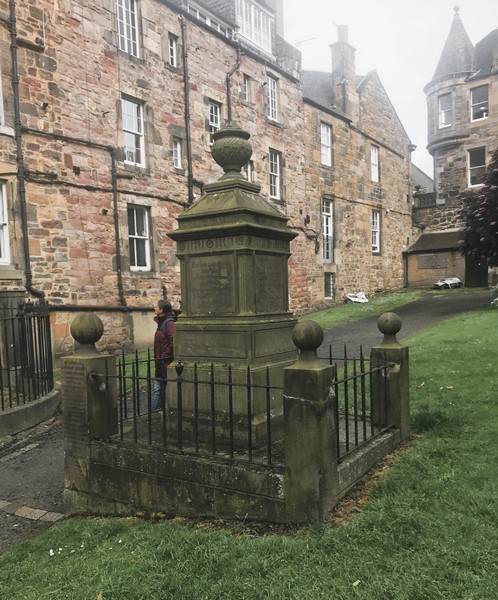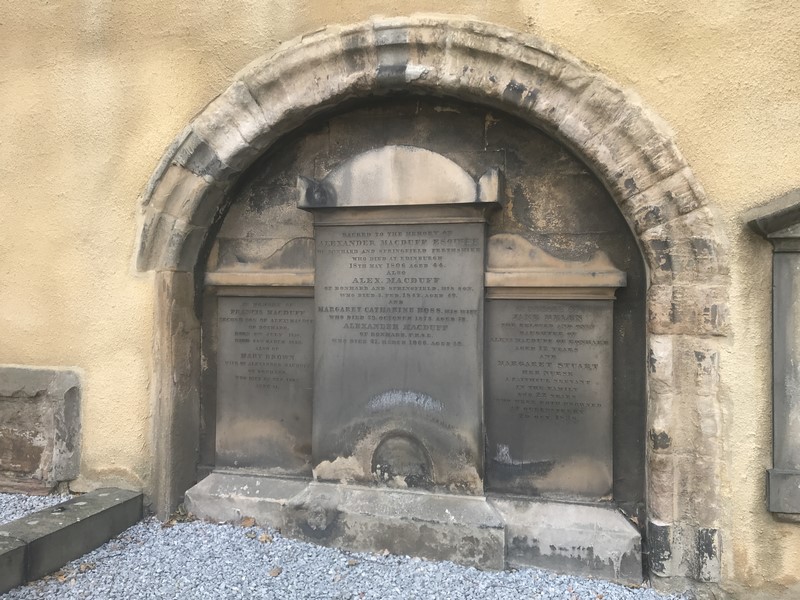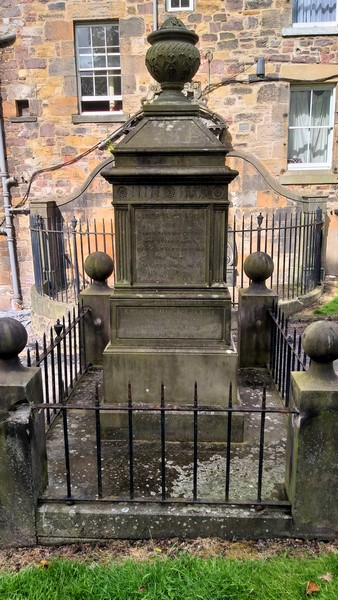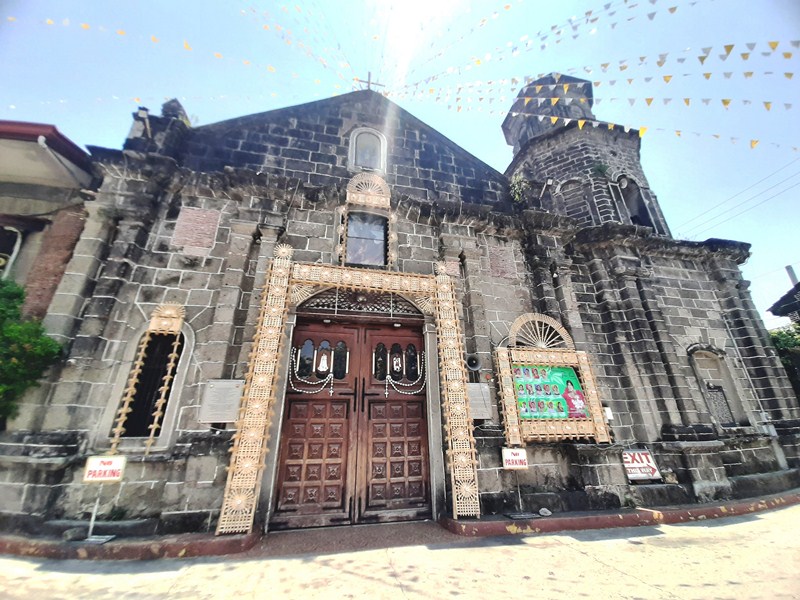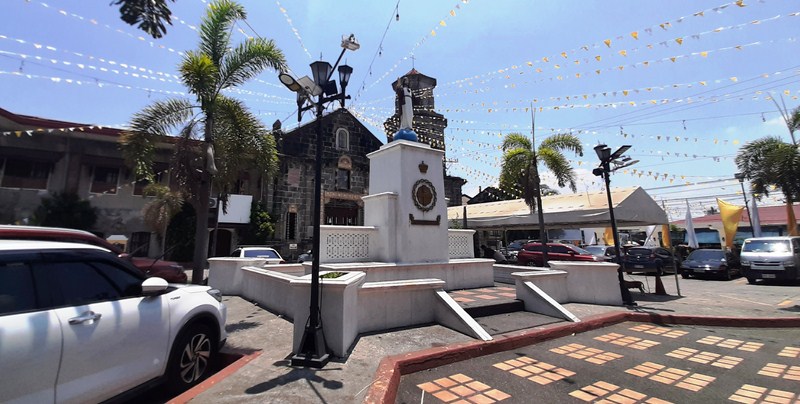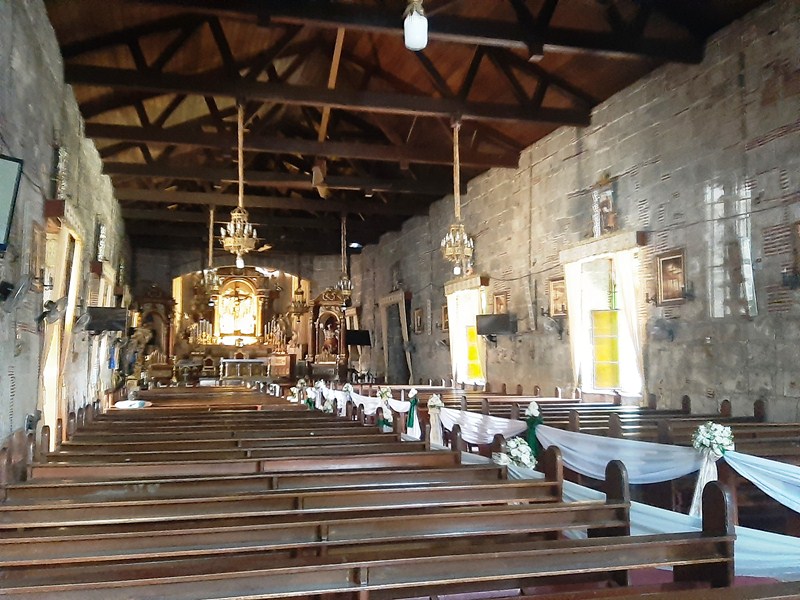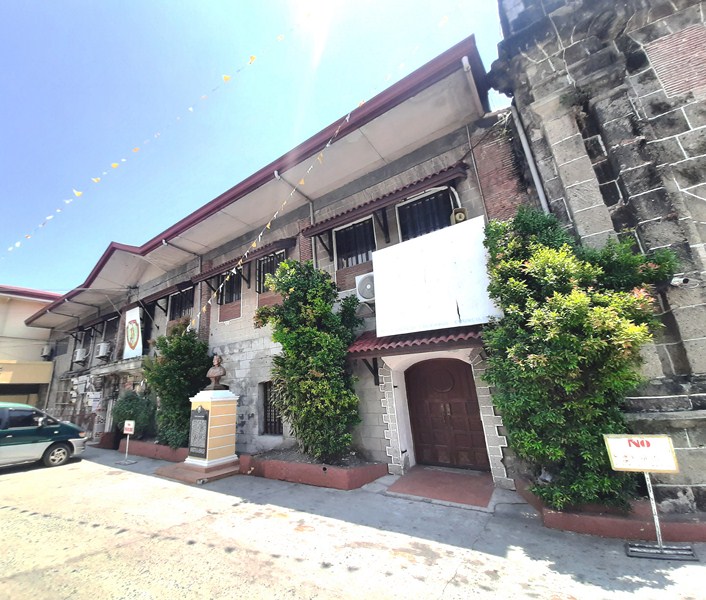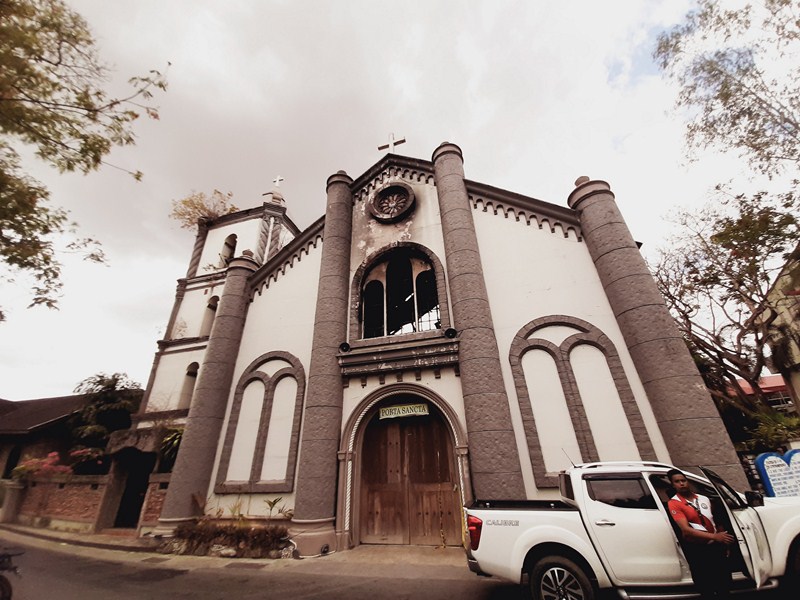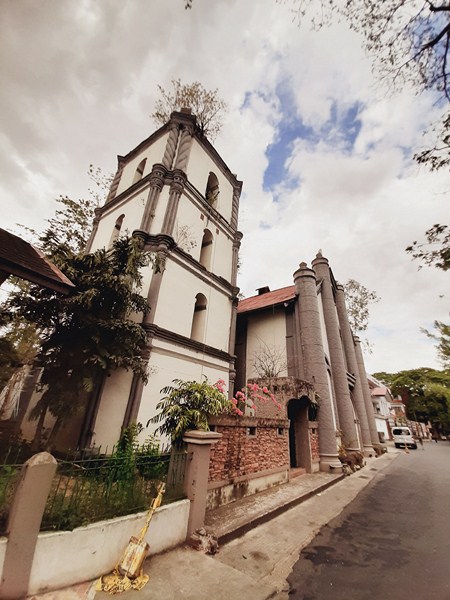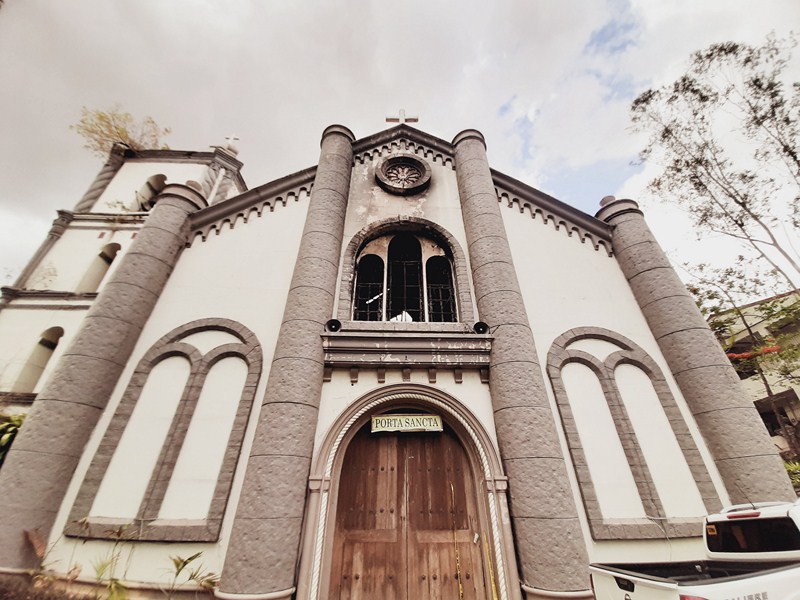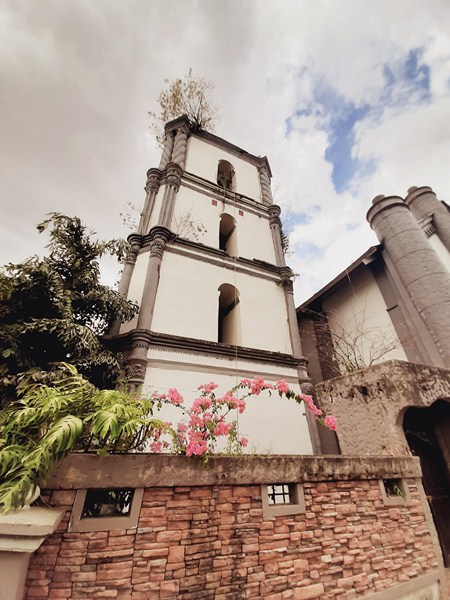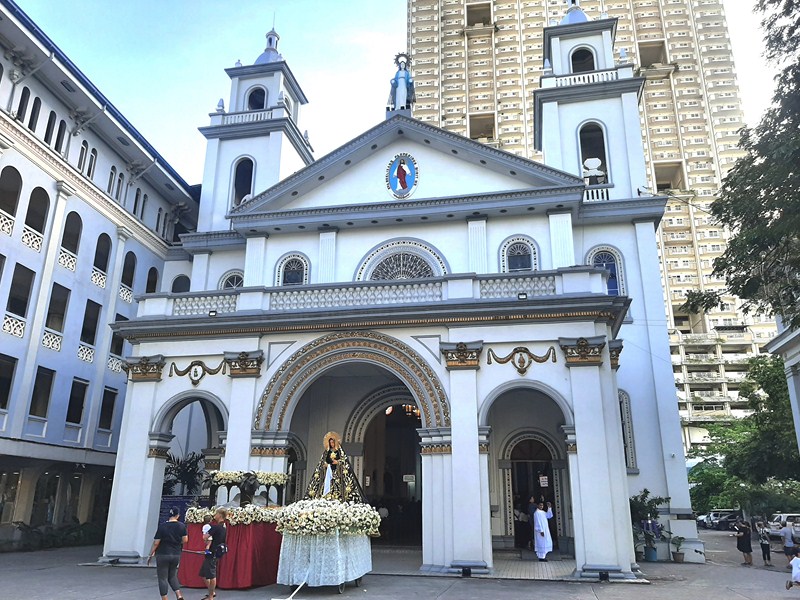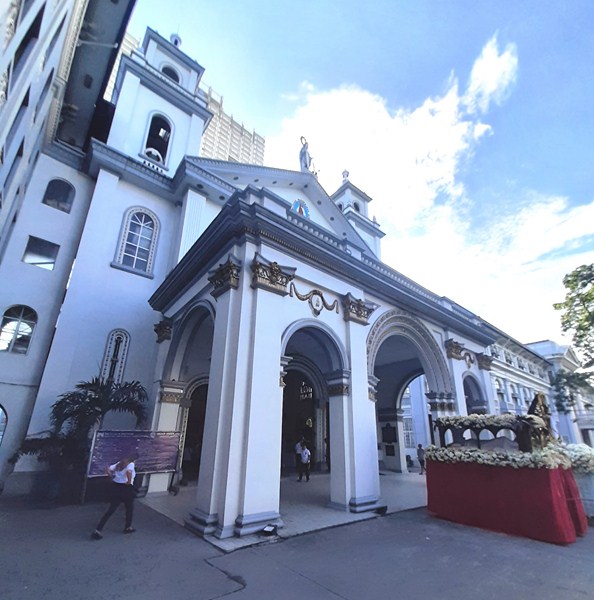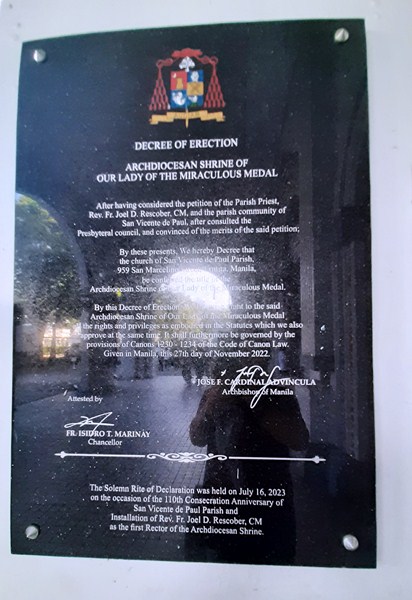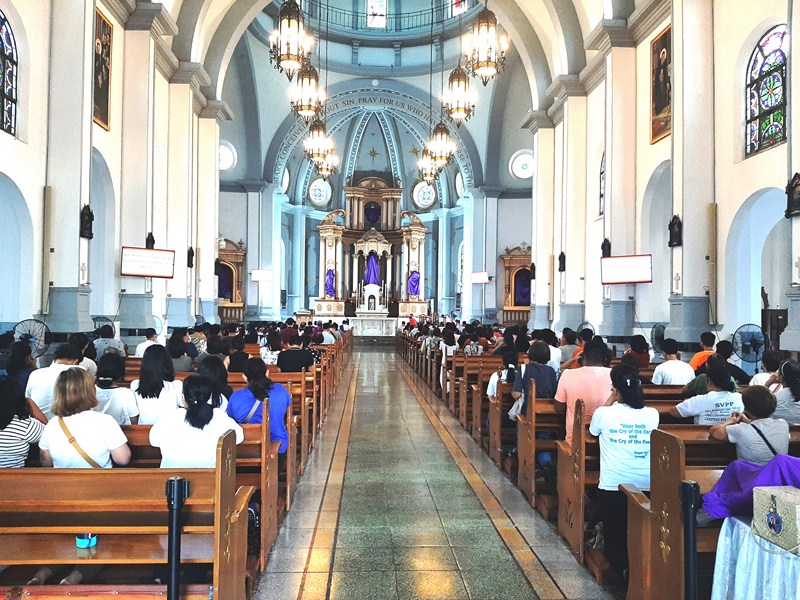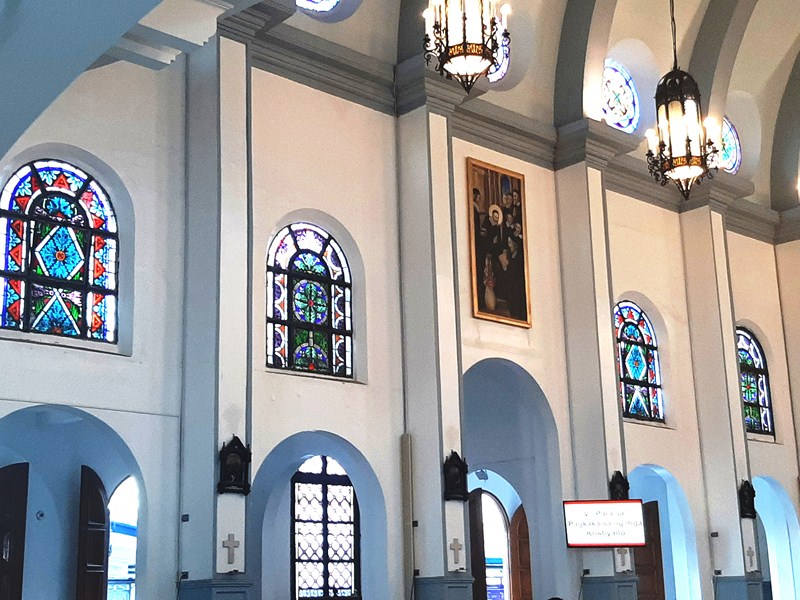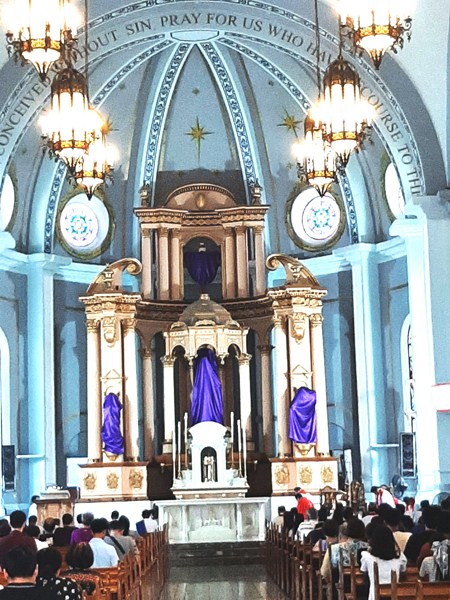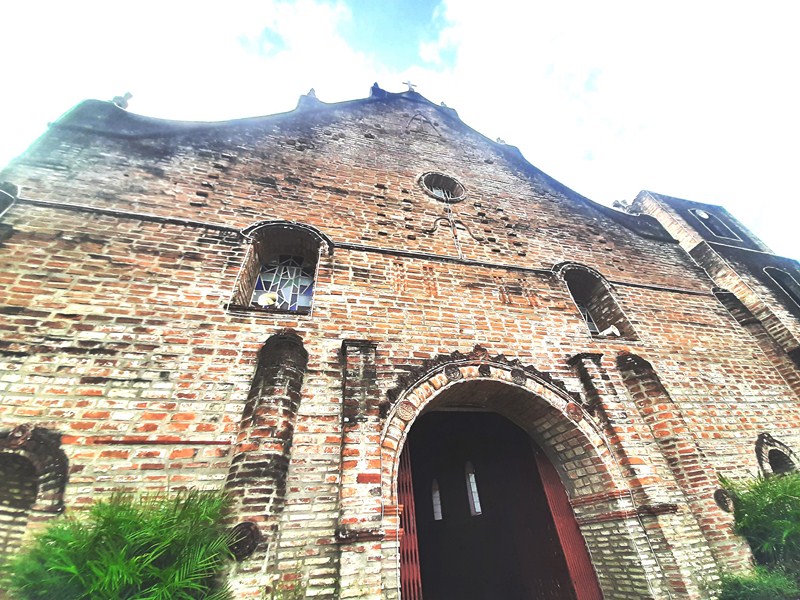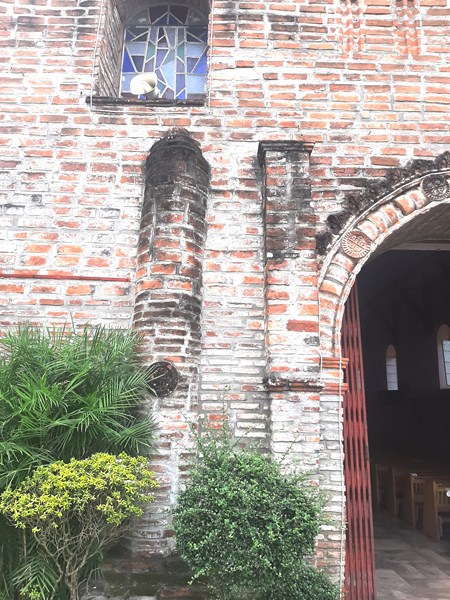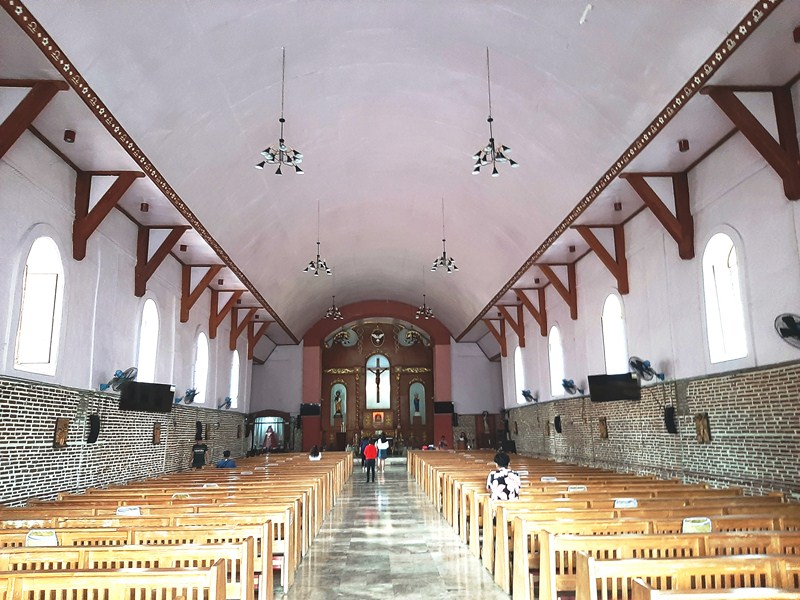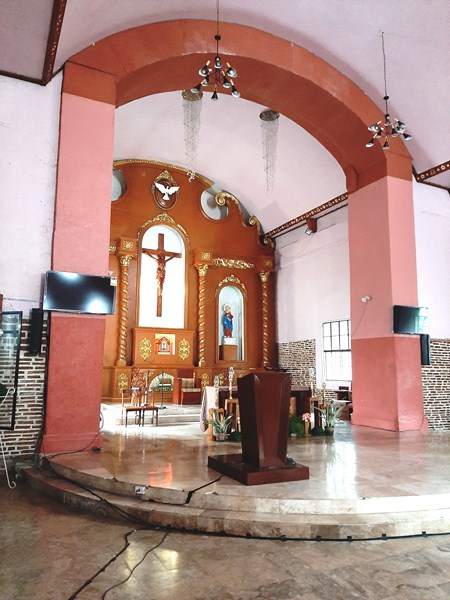From Mutchong View Point, it was to be a long 20.1-km. (40-min.) drive to the Honesty Coffee Shop in Ivana. Five minutes into our trip, we made a short stopover at the Church of St. Antonius of Florence near the municipal hall at the town center of Uyugan.
Check out “Mutchong View Point” and “Honesty Coffee Shop”
The smallest of all the Spanish-era churches in Batanes, this simple church was built in 1871 by Dominican Fr. Fabian Martin (term: 1844 to 1878) and is one of the churches frequented by Fr. Jerry Orbos during his Pilgrimage Tour.
AUTHOR’S COMMENTS:
This single nave church, also built in the espadaña style, has one segmental arch for a bell (now gone) on the upper portion of its Baroque and Gothic-style façade which is buttressed by massive flat pilasters from the foundation to the top.
Gothic influences are seen from the gables over the narrow, semicircular arched main entrance, the flanking statue niches and the window (above which is the Dominican Order’s seal with its motto “Veritas”) over main entrance. On the sides are step buttresses that serve as stairways for servicing its then cogon-covered roof.
Church of Antoninus of Florence: Brgy. Kayuganan, 3903 Uyugan. Feast of Antoninus of Florence: May 10.
How to Get There: Uyugan is located 22.2 kms. (a 45-min. drive) from Basco and 11.9 kms. (a 25-min. drive) from Ivana.
Provincial Heritage and Tourism Office (PHTO): Mobile number: (0929) 230-5934. Website: www.breathtakingbatanes.com.


